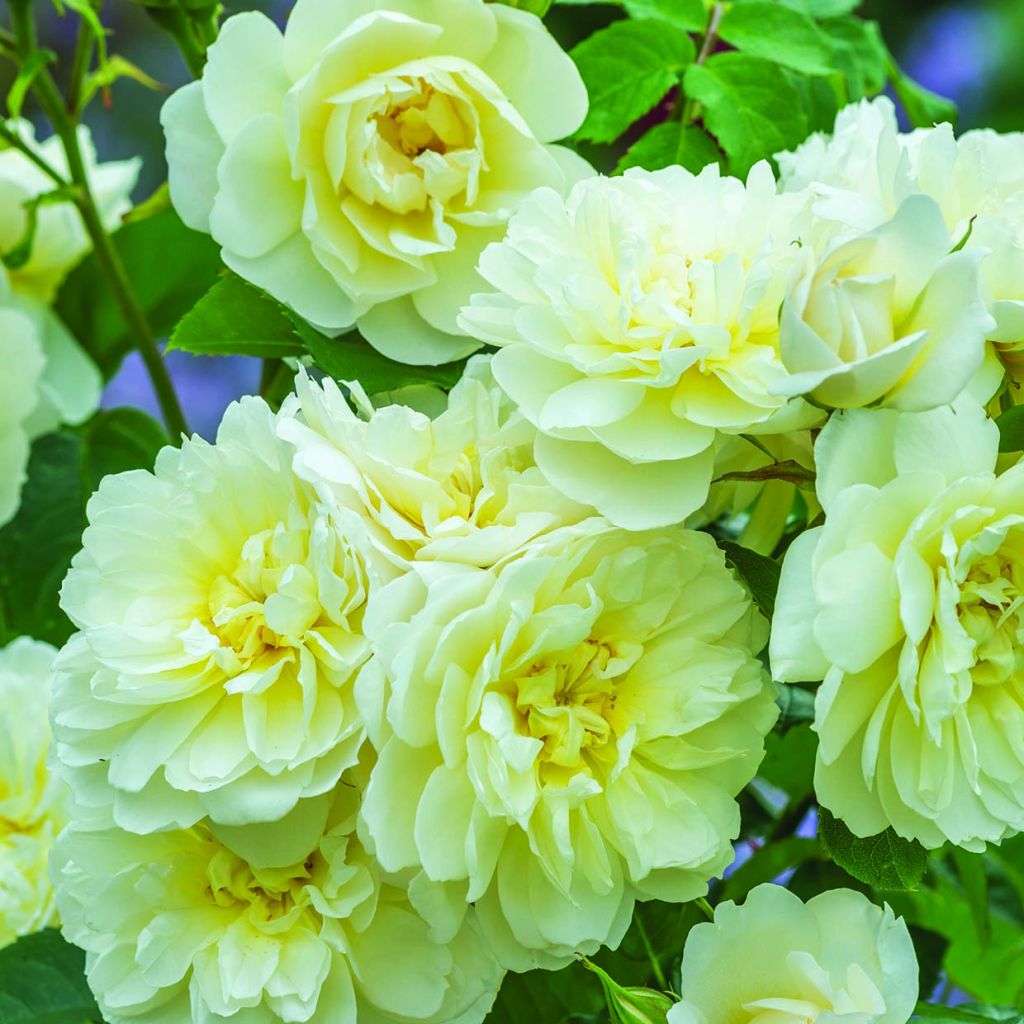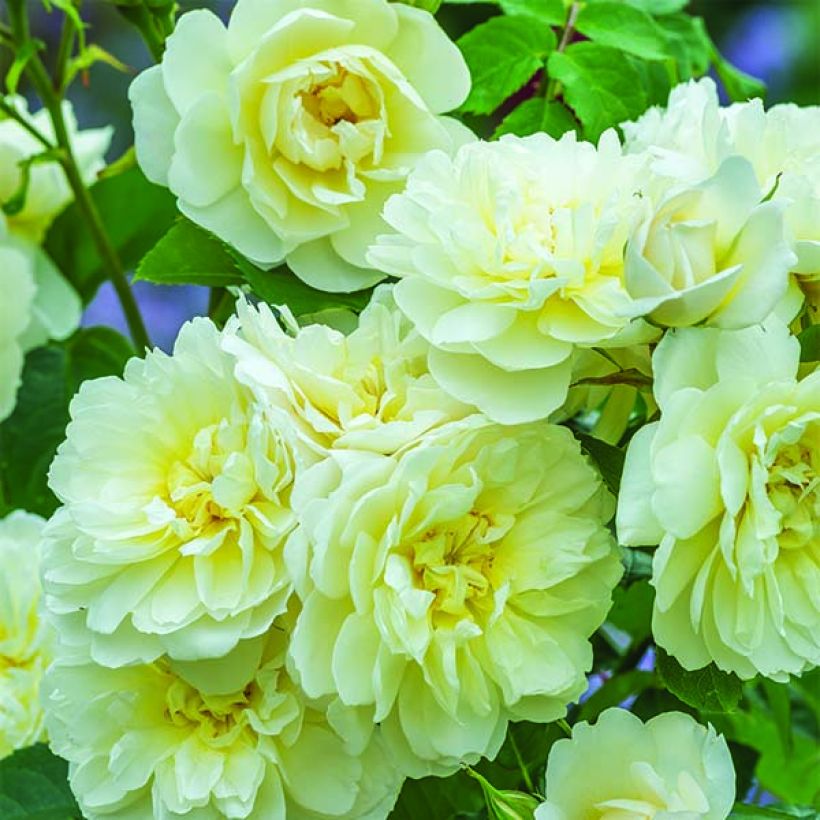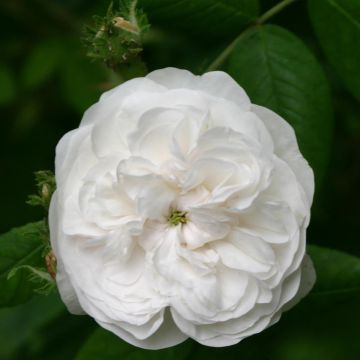

Rosa 'Imogen' - English Rose
Rosa 'Imogen' - English Rose
Rosa Imogen® - Austritch
Austritch
This item cannot be shipped to the selected country
Delivery charge from €5.90
Delivery charge from €5.90
Delivery to Corse prohibited
More information
Schedule delivery date,
and select date in basket
This plant carries a 24 months recovery warranty
More information
We guarantee the quality of our plants for a full growing cycle, and will replace at our expense any plant that fails to recover under normal climatic and planting conditions.
From €5.90 for pickup delivery and €6.90 for home delivery
Express home delivery from €8.90.
From €5.90 for pickup delivery and €6.90 for home delivery
Express home delivery from €8.90.
Delivery to Corse prohibited: UE law prohibits the import of this plant from mainland France to Corse as part of the fight against Xylella fastidiosa. Please accept our sincere apologies.
More information
Does this plant fit my garden?
Set up your Plantfit profile →
Description
The English rose 'Imogen' is one of David Austin's latest creations, still relatively uncommon in the horticultural trade. The variety stands out for its excellent disease resistance and exemplary floribundity. With a natural radiance and charm, this will suit a garden with an informal style where precious and wildflowers live in harmony. Throughout the growing season, it produces double, flat, medium-sized bouquets that open in a pale lemon-yellow shade before lightening to cream. Their undulating petals are arranged around a button eye, giving this rose a unique shape. The indomitable 'Imogen' forms a vigorous, upright bush adorned with glossy foliage and bursting with health.
With a relatively upright habit, 'Imogen' or 'Austrich' reaches a height of 1.25m (4ft) and a spread of about 1m (3ft), with rapid growth. Its foliage and young, vigorous shoots emerge in a reddish bronze before turning a shiny medium green. It is remarkably healthy. Its flowers emit a light but pleasant fragrance, characterised by notes of fresh apple.
This rose forms a large bush, ideal for creating a background behind borders of perennials or delicate annuals such as the Citrina daylily, botanical lilies, paniculate baby's breath, tall phlox, or toadflaxes. It is not afraid of competition from the roots of other plants, which allows it to be associated with a flower shrub border or even a landscaped hedge. It will be beautifully showcased in front of a boxwood or yew screen or, conversely, surrounded by a miniature hedge or a carefully organised maze, as in Italian or French gardens. If you have enough space, English, Old, or Shrub Roses are magnificent when planted in groups of three. They will grow together to form one opulent bush that will flower even more generously.
This variety is named after a heroine from William Shakespeare's play Cymbeline.
English Roses are well known for repeat flowering, and their flowers are renowned for being beautiful, regular rosettes with a lovely fragrance.
Obtained by David Austin in 2016.
Report an error about the product description
Rosa 'Imogen' - English Rose in pictures


Plant habit
Flowering
Foliage
Botanical data
Rosa
Imogen® - Austritch
Rosaceae
Austritch
Cultivar or hybrid
Rosa canina Laxa (4L/5L pot, Wrapped bare root)
Other Roses A to Z
Planting and care
Plant your English Rose 'Imogen' in a location that receives ample sunlight or is lightly shaded. English roses are tolerant to different soil types but do not thrive in soil with excessive limestone. These roses can grow in any garden if the soil is well-worked, not too heavy, and rich enough. To plant your rose, crumble the soil and add an amendment, such as blood, fish and bone, to the bottom of the planting hole. After planting, water generously to remove any pockets of air, and regularly for the first few weeks to help with rooting.
Pruning English roses is essential for better flowering. At the end of winter, in February-March, shorten the branches to 3-5 buds above the ground (at the lowest), choosing an outward-facing bud for a more elegant look. While pruning, remove any dead wood and unsightly branches. Make sure to prune at a slant above a bud. As the flowers bloom, remove faded flowers to stimulate the development of other buds.
Roses often have stains or may look unsightly towards the end of summer. However, this is not a problem for their development. These stains are natural and do not harm the rose.
Planting period
Intended location
Care
-
, onOrder confirmed
Reply from on Promesse de fleurs
Haven't found what you were looking for?
Hardiness is the lowest winter temperature a plant can endure without suffering serious damage or even dying. However, hardiness is affected by location (a sheltered area, such as a patio), protection (winter cover) and soil type (hardiness is improved by well-drained soil).

Photo Sharing Terms & Conditions
In order to encourage gardeners to interact and share their experiences, Promesse de fleurs offers various media enabling content to be uploaded onto its Site - in particular via the ‘Photo sharing’ module.
The User agrees to refrain from:
- Posting any content that is illegal, prejudicial, insulting, racist, inciteful to hatred, revisionist, contrary to public decency, that infringes on privacy or on the privacy rights of third parties, in particular the publicity rights of persons and goods, intellectual property rights, or the right to privacy.
- Submitting content on behalf of a third party;
- Impersonate the identity of a third party and/or publish any personal information about a third party;
In general, the User undertakes to refrain from any unethical behaviour.
All Content (in particular text, comments, files, images, photos, videos, creative works, etc.), which may be subject to property or intellectual property rights, image or other private rights, shall remain the property of the User, subject to the limited rights granted by the terms of the licence granted by Promesse de fleurs as stated below. Users are at liberty to publish or not to publish such Content on the Site, notably via the ‘Photo Sharing’ facility, and accept that this Content shall be made public and freely accessible, notably on the Internet.
Users further acknowledge, undertake to have ,and guarantee that they hold all necessary rights and permissions to publish such material on the Site, in particular with regard to the legislation in force pertaining to any privacy, property, intellectual property, image, or contractual rights, or rights of any other nature. By publishing such Content on the Site, Users acknowledge accepting full liability as publishers of the Content within the meaning of the law, and grant Promesse de fleurs, free of charge, an inclusive, worldwide licence for the said Content for the entire duration of its publication, including all reproduction, representation, up/downloading, displaying, performing, transmission, and storage rights.
Users also grant permission for their name to be linked to the Content and accept that this link may not always be made available.
By engaging in posting material, Users consent to their Content becoming automatically accessible on the Internet, in particular on other sites and/or blogs and/or web pages of the Promesse de fleurs site, including in particular social pages and the Promesse de fleurs catalogue.
Users may secure the removal of entrusted content free of charge by issuing a simple request via our contact form.
The flowering period indicated on our website applies to countries and regions located in USDA zone 8 (France, the United Kingdom, Ireland, the Netherlands, etc.)
It will vary according to where you live:
- In zones 9 to 10 (Italy, Spain, Greece, etc.), flowering will occur about 2 to 4 weeks earlier.
- In zones 6 to 7 (Germany, Poland, Slovenia, and lower mountainous regions), flowering will be delayed by 2 to 3 weeks.
- In zone 5 (Central Europe, Scandinavia), blooming will be delayed by 3 to 5 weeks.
In temperate climates, pruning of spring-flowering shrubs (forsythia, spireas, etc.) should be done just after flowering.
Pruning of summer-flowering shrubs (Indian Lilac, Perovskia, etc.) can be done in winter or spring.
In cold regions as well as with frost-sensitive plants, avoid pruning too early when severe frosts may still occur.
The planting period indicated on our website applies to countries and regions located in USDA zone 8 (France, United Kingdom, Ireland, Netherlands).
It will vary according to where you live:
- In Mediterranean zones (Marseille, Madrid, Milan, etc.), autumn and winter are the best planting periods.
- In continental zones (Strasbourg, Munich, Vienna, etc.), delay planting by 2 to 3 weeks in spring and bring it forward by 2 to 4 weeks in autumn.
- In mountainous regions (the Alps, Pyrenees, Carpathians, etc.), it is best to plant in late spring (May-June) or late summer (August-September).
The harvesting period indicated on our website applies to countries and regions in USDA zone 8 (France, England, Ireland, the Netherlands).
In colder areas (Scandinavia, Poland, Austria...) fruit and vegetable harvests are likely to be delayed by 3-4 weeks.
In warmer areas (Italy, Spain, Greece, etc.), harvesting will probably take place earlier, depending on weather conditions.
The sowing periods indicated on our website apply to countries and regions within USDA Zone 8 (France, UK, Ireland, Netherlands).
In colder areas (Scandinavia, Poland, Austria...), delay any outdoor sowing by 3-4 weeks, or sow under glass.
In warmer climes (Italy, Spain, Greece, etc.), bring outdoor sowing forward by a few weeks.












































